Most Viral Food Trends in 2025 So Far
Food trends in 2025 reflect changes in how people eat, shop, and think about ingredients. More meals now come from air fryers, drink menus feature clarified cocktails, and old staples like hot dogs or butter get reimagined with new ingredients. Viral recipes spread faster than ever while shaping grocery shelves and restaurant offerings.
Here’s a look at some standout trends this year.
Plant-Based Eating
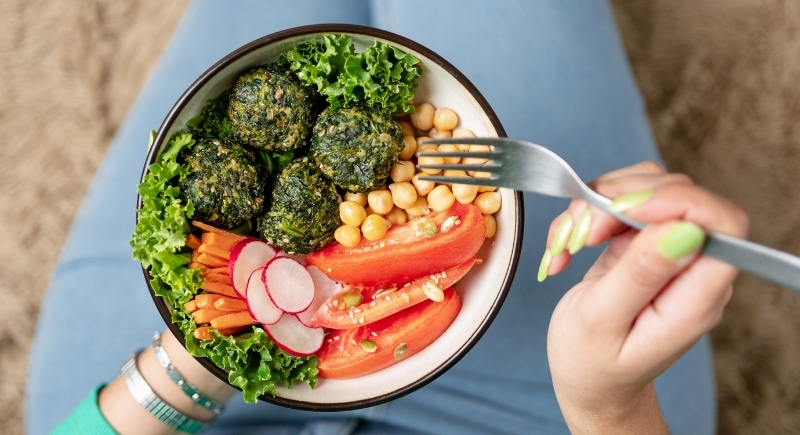
Credit: Canva
Fast food chains like McDonald’s and Burger King include plant-based burgers as permanent menu items. Meanwhile, Southeast Asian startups such as Green Rebel and TiNDLE offer meat alternatives that match local taste preferences. Consumers aren’t necessarily becoming vegetarians; they just want options that feel better for health and the environment.
Scallop Lights

Credit: iStockphoto
Scallops have remarkable vision—each has more than 200 eyes. That fact inspired the use of underwater lights to guide them into traps and eliminate the need for dredging. Often called “disco lights,” the method is gaining traction in the UK and Japan. It’s part of a broader food trend aimed at using low-impact technology to support sustainable harvesting.
Cacao Fruit Sparkling Drinks
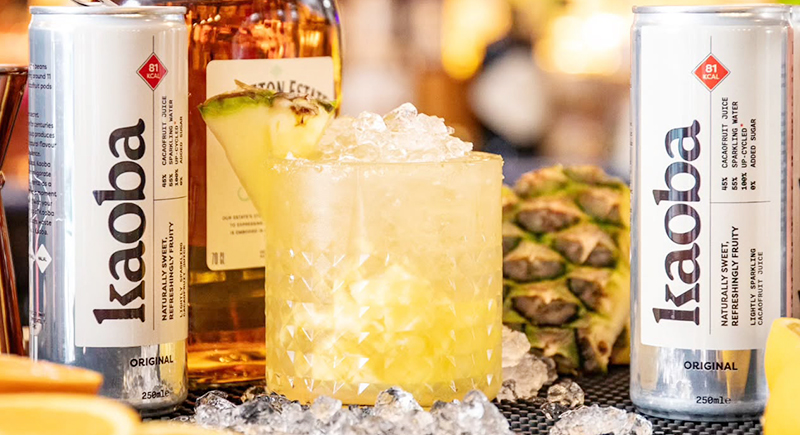
Credit: Instagram
During chocolate production, most of the cacao fruit gets discarded. Companies like Kaoba now use that pulp to create fizzy, nutrient-rich drinks. The result tastes tangy and slightly tropical. This simple change in processing turns waste into a refreshing drink and a better business model.
Air Fryer S’mores

Credit: Facebook
Home cooks love s’mores, but not everyone has access to a fire pit. The air fryer solves that. People use digestives or graham crackers, add marshmallows and chocolate, and heat for just a few minutes. This recipe spread fast on TikTok and YouTube because it’s easy to copy and looks satisfying in videos.
Limoncello

Credit: flickr
Modern limoncello producers have helped revive the once-dismissed liqueur by dialing back the sugar and focusing on real citrus oils. It results in a cleaner, brighter flavor that works in cocktails and desserts alike. It frequently appears in lemon drop martinis at The Dorchester Hotel in London and even holiday items at Waitrose.
Clarified Cocktails

Credit: Wikimedia Commons
While clarified cocktails are not new, they finally reached wide appeal in 2025. Bars in Singapore and London led the trend with drinks like the Ghosted Colada and the Gamble. These cocktails look clear but taste full-bodied, thanks to clarification techniques using milk or enzymes. Ready-to-drink versions have also entered retail.
DIY Dairy

Credit: Facebook
Originally a response to additives in store-bought cartons, DIY nut milks gained traction as shoppers looked for simpler options. Appliances like the Almond Cow make it easy to blend almonds, oats, or cashews into fresh, customizable milk. People tweak sweetness and texture without relying on gums or preservatives.
Bookshop Bars

Credit: Instagram
The bookworm in you finally has a place to drink. Bookshop bars combine shelves and spirits by giving readers a spot to unwind without background noise or screens. Gulp Fiction in Oxford sells beverages and holds author events. In San Francisco, Golden Sardine offers a significant drink menu in a bookstore setting.
Supercharged Sandwiches

Credit: Instagram
In the UK, shops like Sandwich Sandwich and Rogue Sarnies are redefining what a sandwich can be by turning handheld meals into stacked, elaborate creations. These shops have become social media landmarks.
Matcha-Covered Cherries
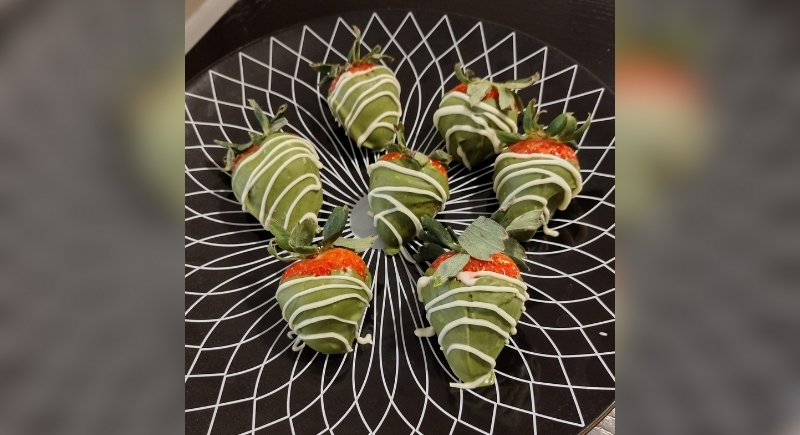
Credit: Reddit
Once limited to tea ceremonies and lattes, matcha is now found in snacks and sweets, including a growing trend of matcha-covered cherries. When dipped in a green tea-infused chocolate shell, the cherries offer a balance of tart and bittersweet flavors. Matcha’s appeal lies in its transformation from a health-oriented ingredient into an indulgent snack without being overly processed.
Gourmet Crisps
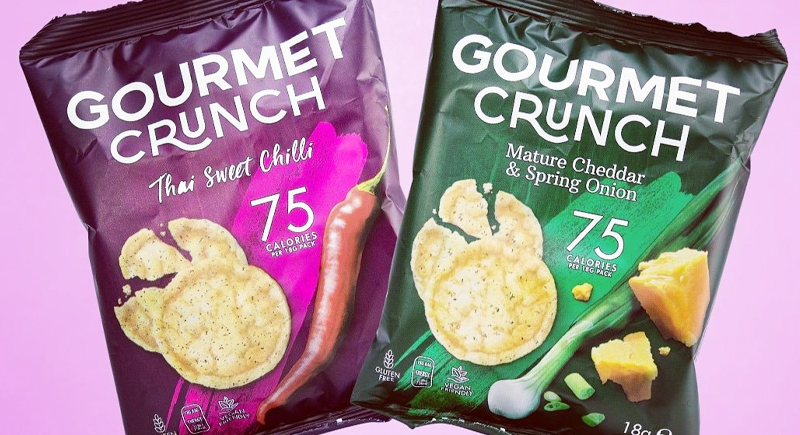
Credit: X.com
Restaurants are serving crisps as part of the main experience, not just as a side. At Oma/Agora near London Bridge, they come warm with Greek dips. At July in Fitzrovia, they’re topped with currywurst seasoning. Diners notice the texture and salt, but it’s the unexpected flavors that stand out.
Cottage Cheese
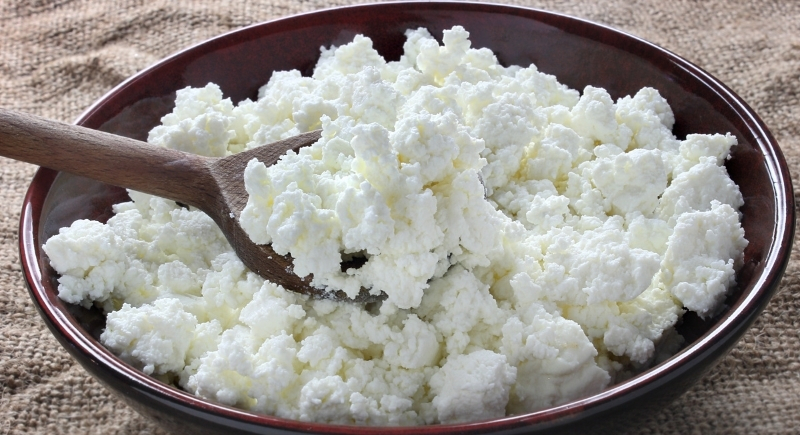
Credit: Getty Images
Cottage cheese didn’t change, but how people use it did. The bland diet staple currently anchors high-protein recipes like pancakes, dips, and dessert bowls. Videos online show it whipped smooth or blended with fruit and honey. As interest grew, brands launched pre-flavored versions.
Pomegranate Seeds in Snacks

Credit: Getty Images
Pomegranate seeds are turning up in a wide range of snacks, including lavashak—a Persian fruit leather dipped in pomegranate syrup—as well as frozen yogurt bites and chocolate mixes. Their vivid color photographs well, too.
Chili Crisp Ice Cream
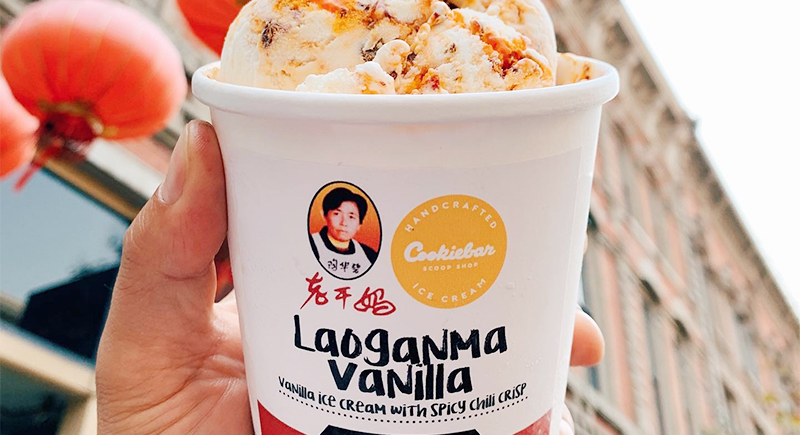
Credit: Instagram
Swirling spicy chili oil into cold, creamy ice cream is becoming a surprising hit. The crunch of fried garlic and shallots contrasts with the smooth base, while the heat adds an unexpected kick. Shops in New York and LA have started offering versions, and home cooks have quickly followed.
Pickle Sandwiches

Credit: Yelp
Seven Brothers Gourmet in New York took deli sandwiches in a new direction by replacing bread with sliced pickles. It’s part of a broader low-carb movement, but also taps into the current appetite for food that shocks visually and tastes familiar. The briny crunch complements classic fillings like pastrami or turkey.
Gamer Noodles

Credit: Instagram
Haraku Ramen’s “The One Noodle” is exactly that: one continuous, 3.5-meter-long strand made to be eaten without hands. Developed in Indonesia, the noodle targets gamers who want to snack while playing without leaving their controllers. The noodle’s packaging and branding also tie directly into gaming culture.
Mushroom Meat
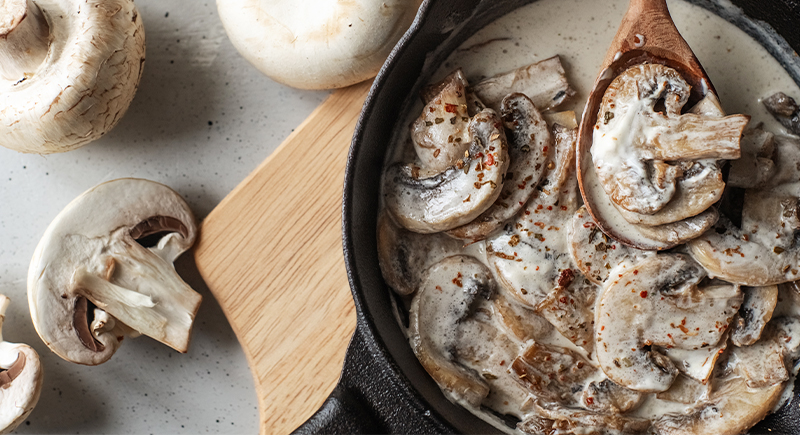
Credit: iStockphoto
Fable creates meat alternatives using shiitake mushroom stems that usually get discarded. These mushrooms don’t mimic meat exactly but give a hearty, umami-rich bite that chefs like working with. The product is GMO-free and lower in protein than meat, but consumers like its sustainability angle.
Rice Krispies Treats Bliss Bars
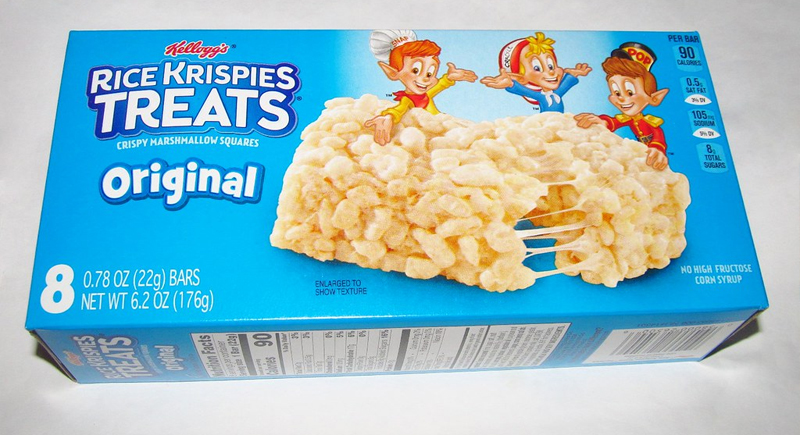
Credit: flickr
Kellanova reimagined a lunchbox classic by launching Bliss Bars—an adult-facing take on Rice Krispies treats. These bars mix crisped rice with pretzels and marshmallow. They don’t aim to be healthy; instead, they sell indulgence with a more sophisticated twist.
Gourmet Hot Dogs
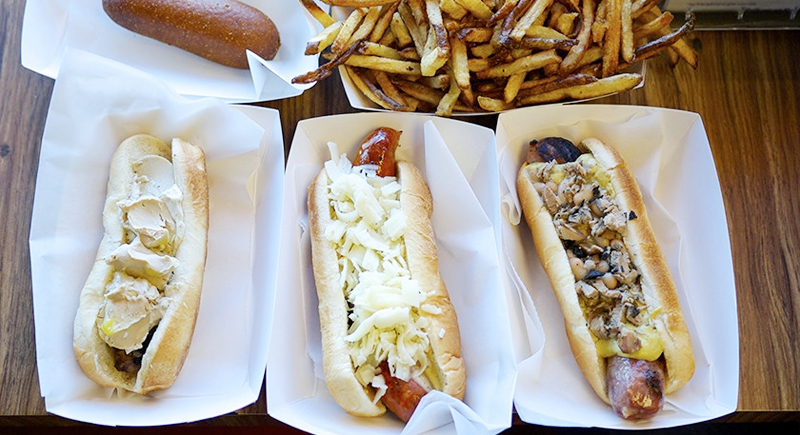
Credit: Wikimedia Commons
High-end versions of hot dogs are popping up in unlikely places. Jason Atherton launched a gourmet hot dog stall at Harrods that serves variations topped with truffle mayo, guacamole, or gruyere. Other places pair sausages with different beverages or serve them with dipping sauces.
Seaweed Snacks

Credit: flickr
Long valued in Asian cuisine, seaweed is gaining ground in Western snacks and condiments. Whole Foods highlights it as one of the year’s most trending ingredients. Products range from kelp salsa and sea moss juice to seaweed spice blends. Câr-Y-Môr, a Welsh seaweed farm, supplies ingredients to chefs like Tomos Parry. The buzz comes from its minimal environmental impact compared to land crops.
Functional Beverages

Credit: Instagram
Drinks with adaptogens like ashwagandha or nootropics such as L-theanine are positioned as mood boosters and focus enhancers. Kombucha and prebiotic sodas have become common finds in grocery aisles. Brands like Health-Ade expanded into gut-supportive drinks like SunSip.
Granola
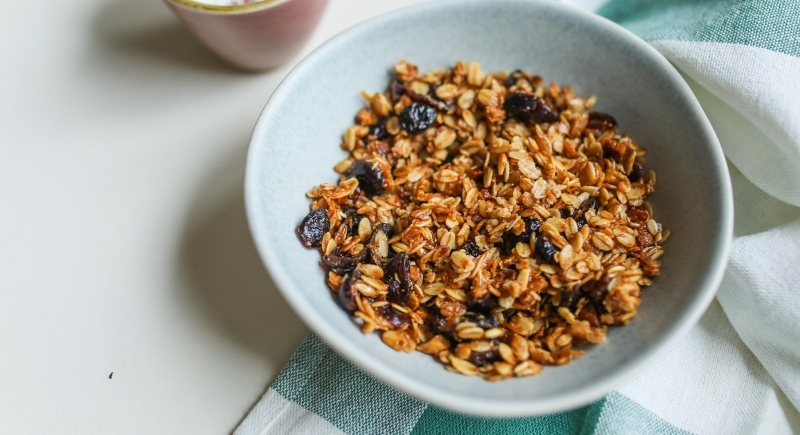
Credit: pexels
In a shift away from sweet mixes, granola is getting a savory makeover. The existing blends currently feature olive oil, seeds, herbs, and spices like cumin or chili. Instead of topping yogurt, they’re used on salads, soups, or roasted vegetables. Some versions include parmesan or nutritional yeast for added depth.
Primal Eating
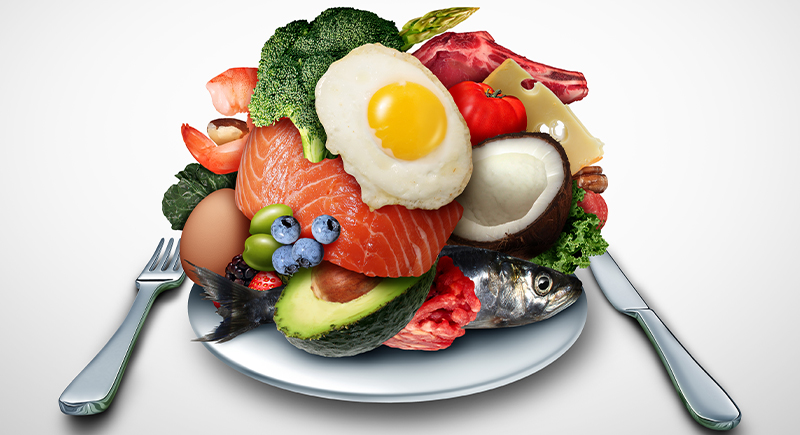
Credit: iStockphoto
Health-conscious eaters are increasingly turning to primal diets like carnivore and keto vore to streamline their food choices. These plans cut out sugar, seed oils, grains, and sometimes vegetables to center meals around meat, water, and salt. Supporters claim benefits like reduced inflammation and improved digestion, though research remains inconclusive.
Dubai Chocolate Strawberries
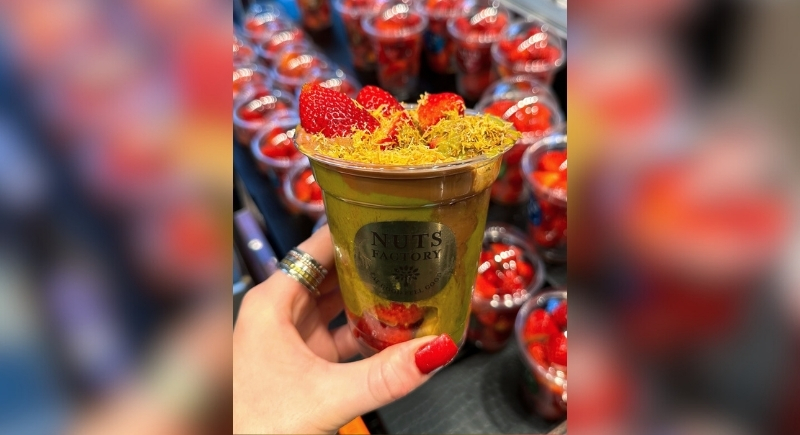
Credit: Instagram
Dubai Chocolate Strawberries are a layered dessert that combines fresh strawberries, silky chocolate, creamy pistachio butter, and crispy toasted kataifi (a shredded phyllo dough) served in a glass like a parfait. The dish became popular in April 2025 after TikTok and Instagram videos from Dubai dessert spots showed off the beautiful layers and indulgent scoops.
Instant Noodle Upgrades
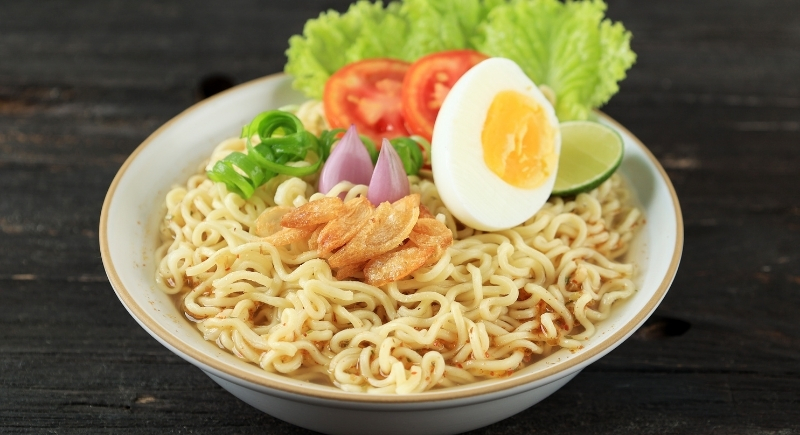
Credit: Canva
Sales of instant noodles jumped after social media users began customizing them with toppings like chili oil, crispy onions, and soft-boiled eggs. One popular variation uses garlic, butter, egg, and soy sauce for a rich, savory twist. Others mimic carbonara with spicy Korean Buldak noodles.
Personalized Nutrition

Credit: Instagram
Tech-driven nutrition services like Zoe and DNAfit let users test their microbiome or genetics to get tailored eating advice. These platforms analyze blood sugar responses or genetic markers to suggest which foods improve energy, digestion, or mood. Subscriptions include meal tracking and ongoing guidance.
Nice Cans Sardines

Credit: Instagram
Nice Cans is a brand of tinned sardines with playful labels and chef-driven recipes. Sardines have long been a pantry regular, but this brand treats them as a premium item. Flavors include miso ginger or smoked paprika with olive oil. The packaging draws in shoppers, while the contents are appreciated by those looking for nutrient-dense proteins.
Condensed Milk Recipes

Credit: Getty Images
Vietnamese coffee, tres leches cake, and brigadeiros are just a few of the recipes bringing condensed milk back into the spotlight. These dishes rely on their thick texture and built-in sweetness to deliver rich flavor with minimal effort. The ingredient stores well, blends smoothly, and doesn’t require refrigeration until opened.
Protein Snacks
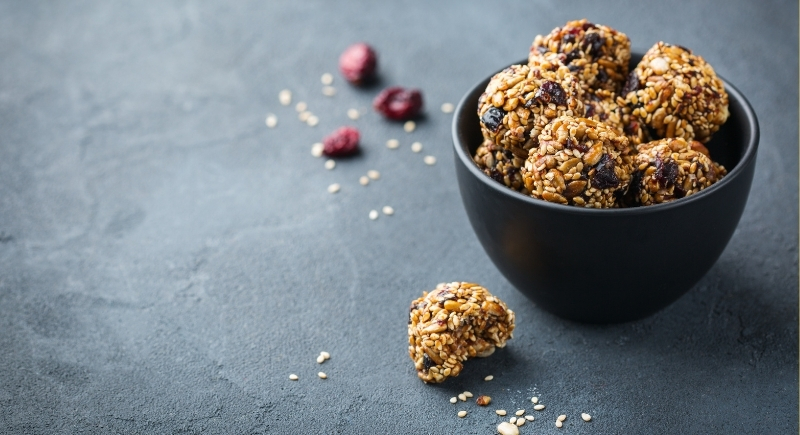
Credit: Getty Images
Consumers are replacing full meals with high-protein snacks like bars, popcorn, and yogurt drinks. This shift fits into faster-paced lifestyles where sitting down for lunch feels less necessary. Brands label these items clearly based on grams of protein and functional claims like “gut health” or “focus.” Unlike earlier meal replacement products, today’s options target both fitness-minded consumers and busy professionals.
Masa
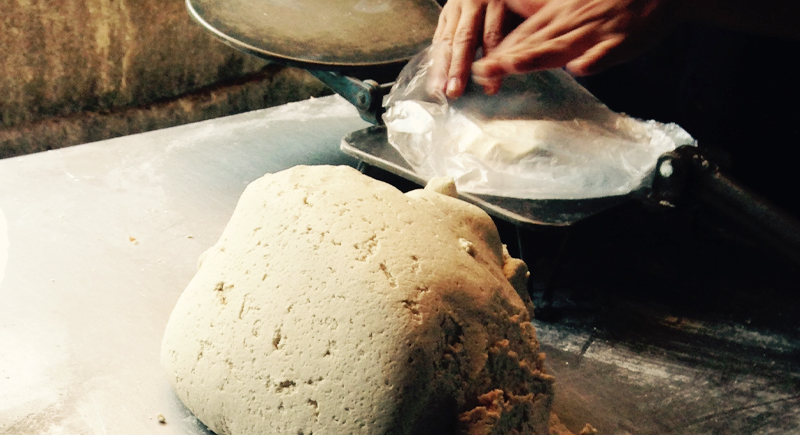
Credit: Wikimedia Commons
Fresh masa is the foundation of tortillas, tamales, and other traditional Mexican foods. US chefs have begun treating it as a premium ingredient, often grinding it on-site using heirloom corn. At restaurants like Komal in Los Angeles or Tatemó in Houston, masa shows up in quesadillas, pancakes, and even desserts.
Underrated Grape Varieties

Credit: Getty Images
Grocery shelves and restaurant menus are starting to include lesser-known grapes such as Mataro and Feteasca Alba. These bring different textures, aromas, and regional backgrounds that set them apart from standard options. Shoppers are showing interest in what feels distinctive and less mass-produced.
Tallow

Credit: flickr
Beef tallow is re-entering home kitchens. Its long shelf life makes it easier to store without refrigeration, which helps online grocers and meal kit services. Some health-conscious consumers favor it for its saturated fat profile. Tallow was once common in cooking before being replaced by processed shortenings.
Shawarma
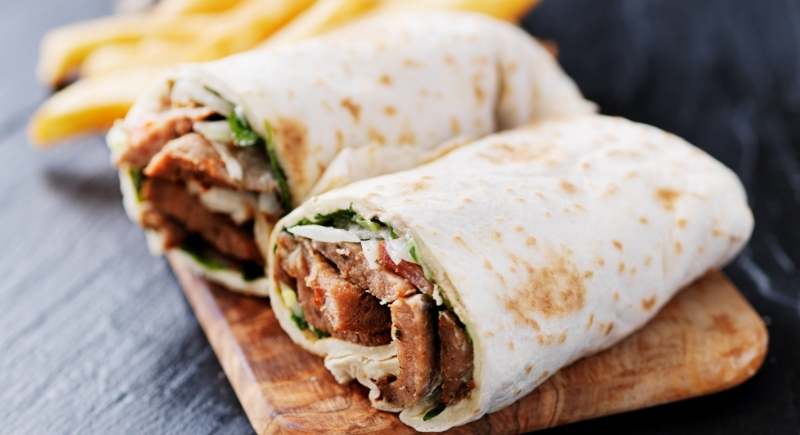
Credit: Canva
Shawarma is one of the most widely recognized Middle Eastern foods. It is found on street corners throughout Lebanon, Egypt, Turkey, and Jordan. Vendors slice it straight from the rotisserie and wrap it with garlic sauce, pickles, or tahini. In cities across Europe and North America, restaurants have started adding both classic and plant-based versions to their menus.
Herb-Infused Butter
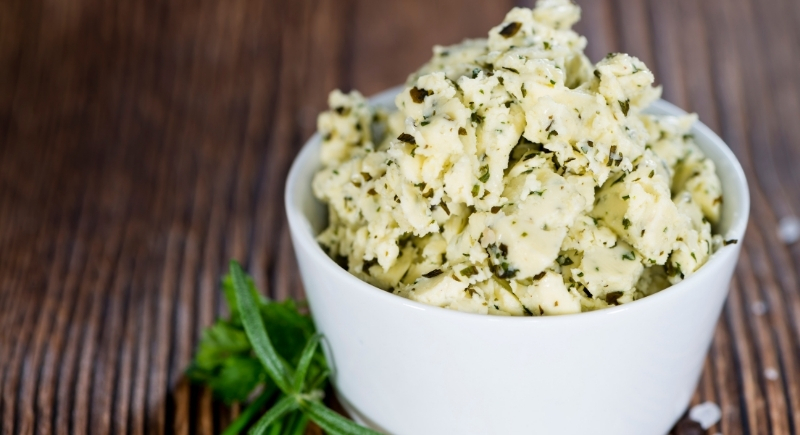
Credit: Getty Images
Flavored butter isn’t new, but chefs have never before given it the same attention as a sauce. Home cooks blend softened butter with herbs, citrus zest, or chili flakes to finish meats, spread on bread, or toss with pasta. The rise of home baking during the past years helped drive the trend.
Chicken and Waffles
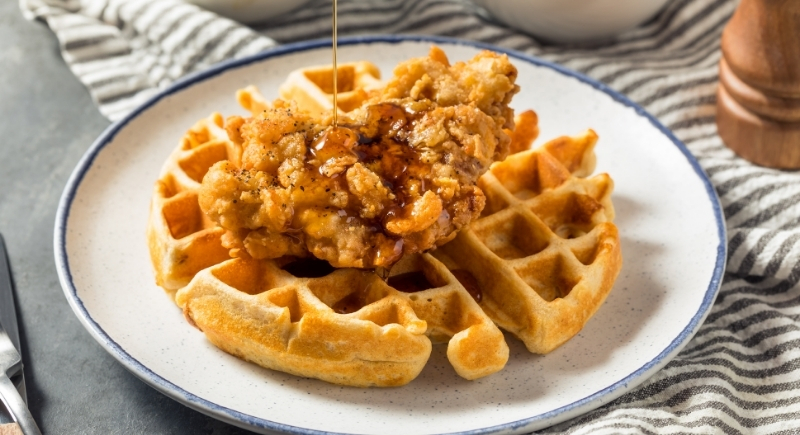
Credit: Getty Images
African American cooks first popularized chicken and waffles, and the dish has since made its way onto menus around the world. Chefs in Asia and Europe add local spins, such as spicy maple soy glaze or kimchi slaw. The dish plays on texture—crispy, tender, sweet, and savory all at once.
Sweet Potatoes

Credit: pixabay
With a projected global market value reaching $56 billion by 2029, sweet potatoes have become more than a comfort food. Their mild sweetness works in both savory and sweet dishes, so they appear in baked chips, stuffed boats, and even dessert bases. Social media recipes even use them as colorful platforms for toppings like hummus or spicy mayo.
Tteokbokki
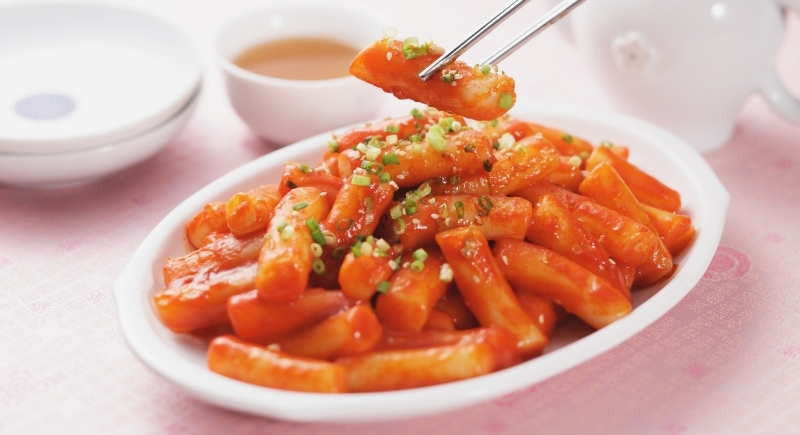
Credit: Canva
Tteokbokki is a classic Korean dish made with chewy rice cakes (called tteok) simmered in a spicy, slightly sweet red sauce based on gochujang (Korean chili paste). The dish has moved well beyond Korean street carts. Its rise owes much to social media, where bubbling red sauce over tabletop burners captures attention. As interest grew, convenience stores and frozen food brands began stocking ready-to-eat versions.
Shaved Ice Desserts

Credit: Canva
You may spot shaved ice desserts well beyond summer fairs and beachside stands. Versions like Korean bingsu and Taiwanese snow ice feature on menus in major cities, layered with condensed milk, syrup, mochi, or fresh fruit. Some shops add sorbet or milk-based ice for a creamier texture.
Koji

Credit: flickr
Used for centuries to ferment rice, barley, and soybeans, koji remains essential in producing miso, soy sauce, and other traditional foods. Lately, chefs have started applying it in unexpected ways—curing meat, softening vegetables, or blending it into compound butters. Its enzymes break down proteins and starches to create a deeper flavor with little added seasoning.
AI in Restaurants

Credit: iStockphoto
It’s not surprising that AI has found its way into restaurants, where it supports both kitchen tasks and front-of-house operations. These systems help forecast demand, reduce waste, and fine-tune menus. You will also find some platforms that recommend recipes based on extra ingredients or customer preferences.
Giant Ravioli

Credit: Instagram
Oversized ravioli stands out not just for its size but also for its nutritional boost. A typical serving—about one cup—packs in roughly 14 g of protein, along with iron, calcium, fiber, and B vitamins when filled with ingredients like spinach and ricotta. The large format also allows sauces to cling better.
Edible Flowers

Credit: Wikimedia Commons
Who would have thought hibiscus and other edible flowers would shift from garnish to centerpiece? Cooks mix petals into butter, desserts, and syrups to give dishes a floral edge and vibrant color. Bartenders use hibiscus for depth and brightness in house-made mixers. These ingredients contribute subtle acidity or aromatics.
Spicy Ranch
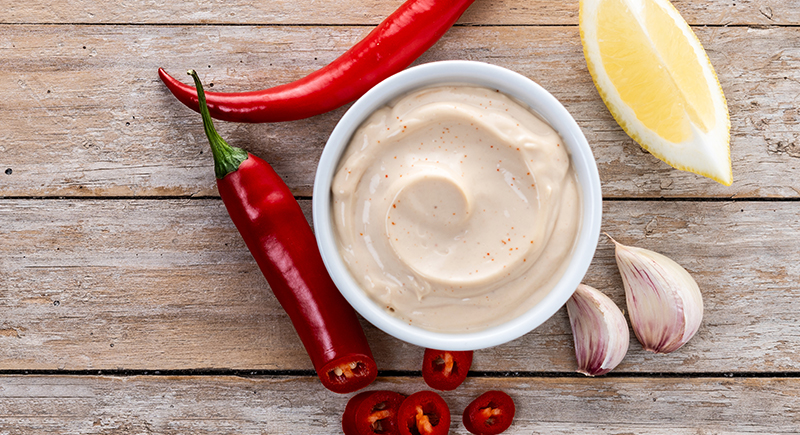
Credit: freepik
Once a simple salad dressing, spicy ranch has taken on a new life as a go-to condiment in fast-casual spots and home kitchens. This version uses chili powder, sriracha, or jalapeño to build heat on top of the creamy base. People drizzle it on everything from grain bowls to chicken wings. Bottled versions are also common in grocery stores, and recipes for homemade versions circulate widely online.
Subscription Dining
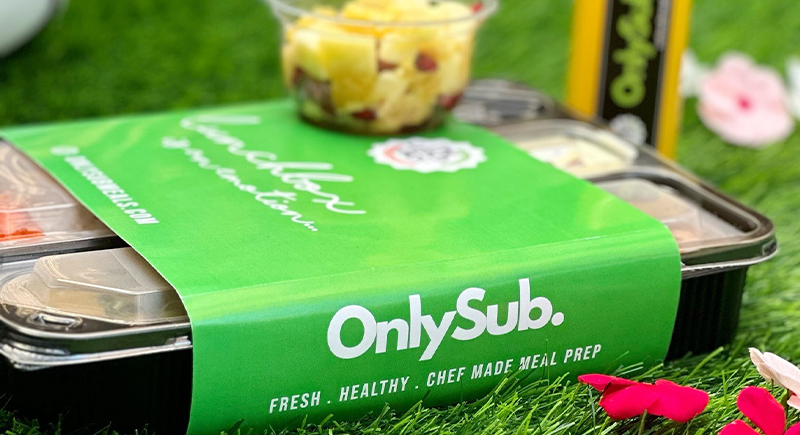
Credit: Instagram
To encourage repeat visits and manage demand, restaurants are trying out subscription models. Customers pay a monthly fee in return for perks like exclusive menu items, discounts, or priority reservations. Some programs include early access to new dishes or invite-only events with chefs. These plans help smaller spots even out traffic between peak times.
Carrot-Infused Desserts
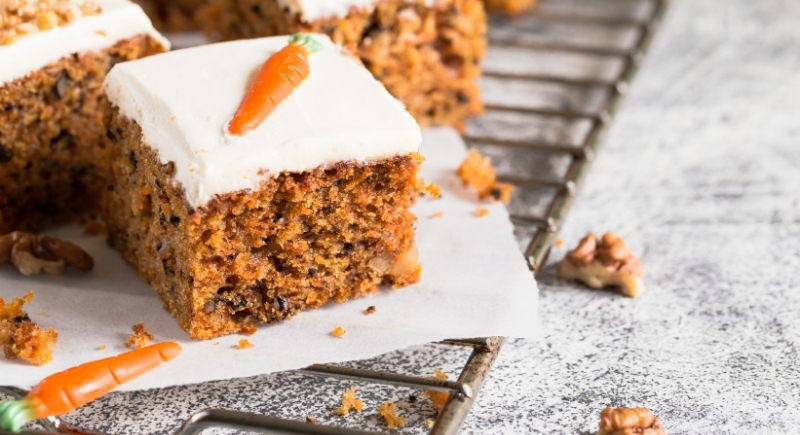
Credit: Canva
Carrots are finding new life in desserts beyond cake. They blend easily into puddings, custards, and even frozen treats. Roasting brings out a deeper sweetness, while spices like cinnamon or ginger add warmth.
Heritage Dishes

Credit: flickr
Comfort food rooted in traditional recipes has seen renewed popularity. In France, brasseries like Lazare and Ambassade d’Auvergne build their menus around these plates. This trend pushes back against overly conceptual dishes and prioritizes meals people actually want to eat again.
Smaller Menus

Credit: pexels
Rising food costs and shifting diner expectations are pushing restaurants to simplify their menus. Trimming down helps reduce waste, streamline kitchen prep, and focus on consistent execution. Seasonal items rotate in and out, and core dishes get more attention. Diners tend to appreciate the clarity—fewer choices, but better ones.
Immersive Dining

Credit: flickr
More restaurants are turning meals into multisensory experiences, through visuals, sound, and even scent, to enhance each course. In Paris, Ephemera designs spaces that shift with seasonal or themed menus—a seafood dish might arrive in a room made to feel like a coral reef. Forest sounds might accompany a plant-based plate. These elements don’t distract from the food but deepen the connection.
Pop-Up Residencies

Credit: pixabay
Pop-up chef residencies let restaurants test new concepts without fully committing to a menu overhaul. A rotating roster of guest chefs brings fresh attention and variety. These collaborations also let chefs reach new audiences without opening full-time restaurants. The setup helps both parties—restaurants fill empty nights, and chefs experiment with ideas.
Cresto de Gallo Pasta
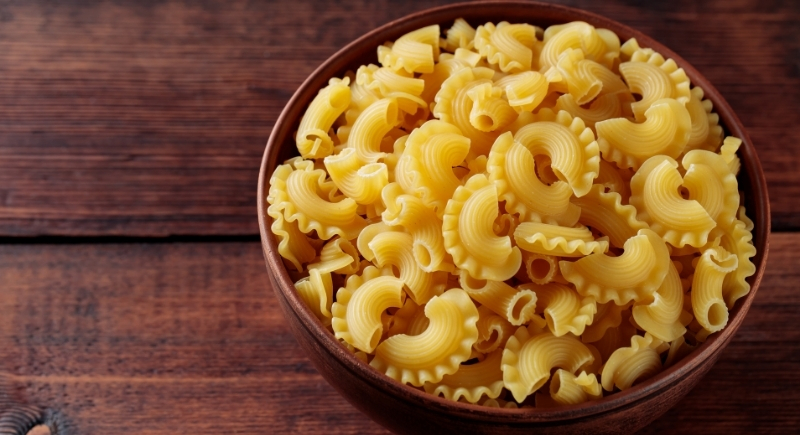
Credit: Canva
Scallop-edged and designed to hold sauce, cresto de gallo is becoming a go-to pasta shape in both upscale and casual settings. Its curved ridges catch creamy, spicy, or chunky sauces with ease. Chefs feature it in mushroom ragù, zesty tomato blends, or rich meat-based recipes.